What types of firewood are there and which ones are better to choose?

It is useful for residents of private houses to know what firewood is. It is worth understanding which is better to choose: chipped or sawn, and why. It is advisable to find out in advance everything about the specific heat of combustion and other parameters of pine and spruce, other firewood.
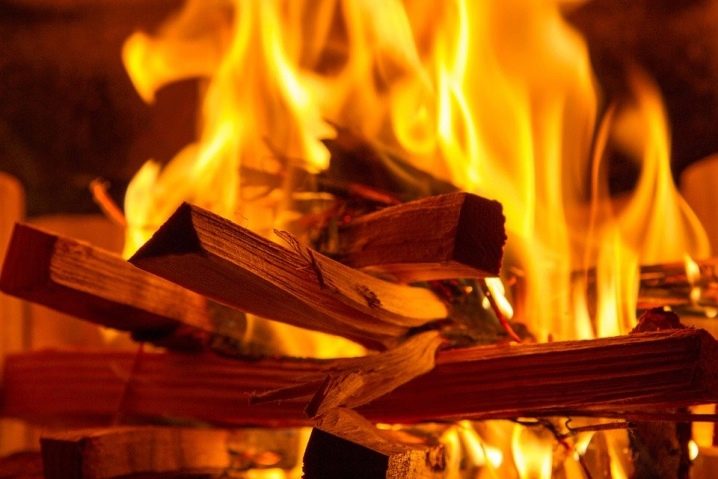
A separate topic is the preparation of wood for the stove and smoking, in nets and bags.
Specifications
Choosing chopped wood is not as easy as it might seem. They have a number of important properties to take into account. A very important property is the size of the logs. First of all, this is their length. Specimens that are too long may simply not fit in the hearth or be inconvenient to store. However, even very short ones are unlikely to please people.
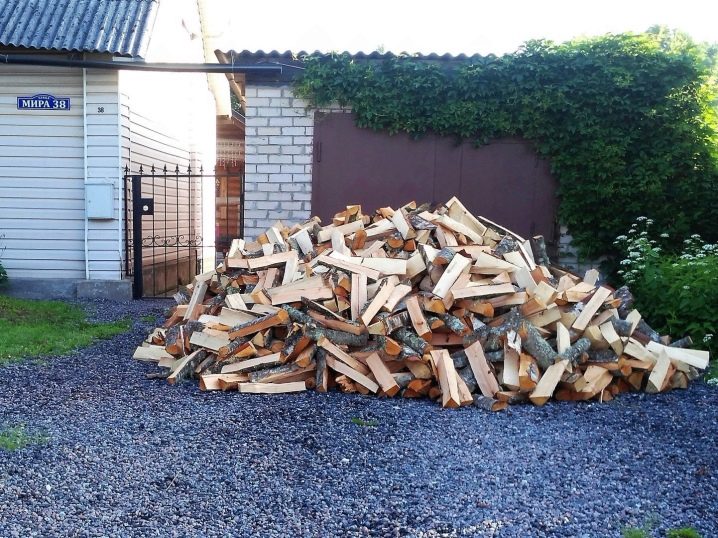
Truth, nevertheless, firewood is generally bought not for the sake of its size (this is only an auxiliary characteristic). It is much more important to pay attention to the specific heat of combustion of wood. It is defined as the total release of heat when 1 kg of a substance is burned. This indicator is measured in megajoules per kilogram (MJ per 1 kg). For the best quality dry birch or aspen firewood, it is 15 MJ, which roughly corresponds to brown coal and twice as bad as good-quality anthracite.
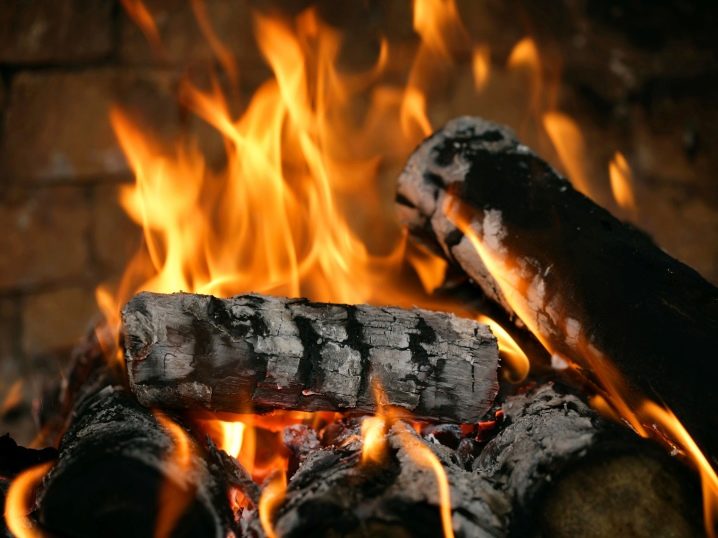
The proportion of ash in any type of wood is almost the same. It is only about 1%. Such a small gradation can be completely neglected, unless we are talking about some kind of laboratory expert research. But when wood burns, moisture also evaporates. The more it is, the lower the real calorific value of wood, and the worse it is suitable as a fuel.
In difficult cases, it is not possible to light firewood at all. That is why freshly cut wood is not suitable for heating. After prolonged outdoor drying, the humidity can be reduced to 12%. Moisture also affects the density of wood. But the density itself can differ even within the same rock (in dry matter).

That is why spreads or averaged information are usually given in tables.
Views
Firewood is different. Let's see how they can differ from each other.
By procurement method
In private households, firewood chopped with an ax is often found. Such fuel is quite convenient and comfortable. The volume is calculated in fold cubic meters. At large enterprises, sawn firewood is also often harvested. In some cases, their purchase turns out to be more profitable.
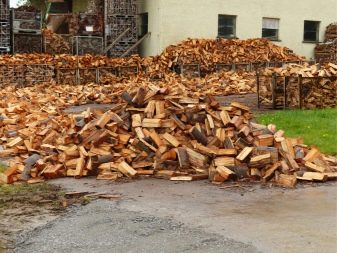
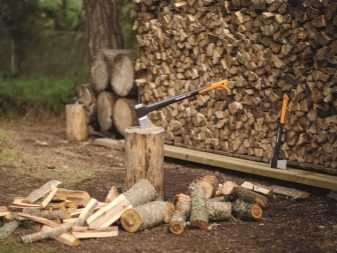
Pressed wood is more commonly known as fuel briquettes. In terms of their properties, they are closer to coal.

Briquetted fuel is mainly generated from wood waste.
We are talking about:
- sawdust;
- wood dust;
- shavings;
- branches;
- leaves;
- straw left over after harvesting crops;
- nutshells;
- peat.
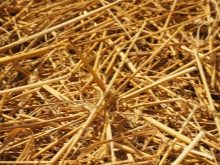
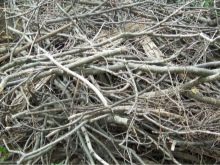
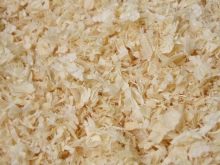
Burning briquettes does not lead to any sharply negative impacts. In this case, no toxic substances are released. Compaction of waste is carried out after sorting and always in a heated state. This approach minimizes moisture content. It is easier to store euro wood than ordinary wood, besides, they are compact.
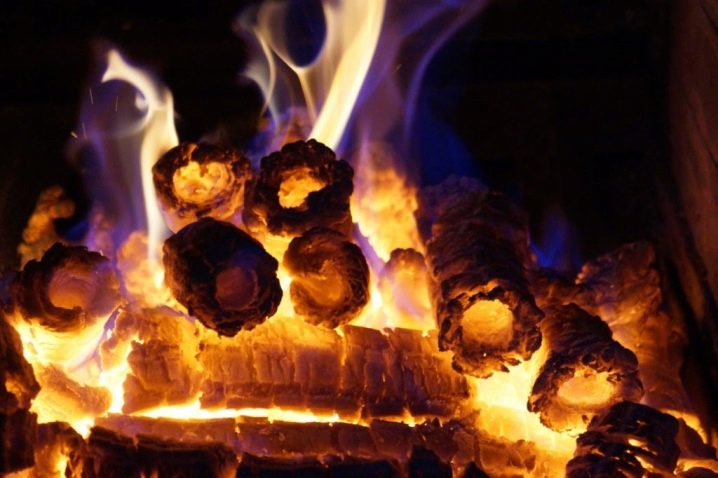
They burn evenly and quite well. There is no smoky fire. The proportion of ash turns out to be much lower than usual. The disadvantages of eurodrive are:
- too long onset of combustion, associated just with compaction;
- the appearance of extraneous odors (depending on the raw materials used);
- after breaking the integrity of the package, pressed firewood can easily become damp;
- briquettes can easily break even with weak mechanical stress;
- the specific flavor of crackling logs.
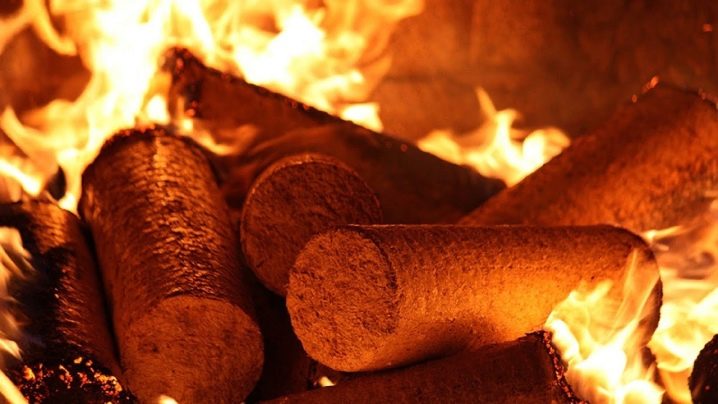
As already stated, raw firewood can not be used categorically. However, dry wood material is made in a variety of ways. First of all, it is obtained by atmospheric or chamber drying. Drying allows you to achieve uniform moisture content throughout the volume. The total water content is also lower, which, along with increased heat dissipation, eliminates pests and reduces the risk of rotting.
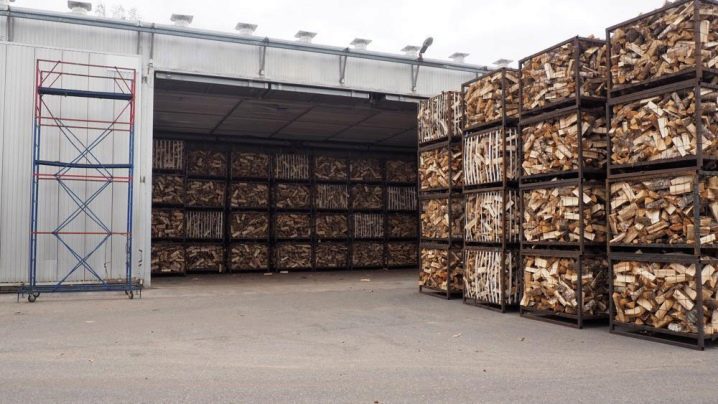
Many manufacturers (and suppliers) sell chamber-dried firewood at a higher price.
Air-dry wood is noticeably lighter than raw solid wood. It is easier to transport it. But you need to understand that the difference in humidity between chamber and atmospheric drying is not so significant in many cases. This difference is justified mainly where a high combustion temperature is critical, that is, in special industrial furnaces. Also, a similar solution is practiced to save time. But if you buy fuel for your home, then you can safely take air-dried.
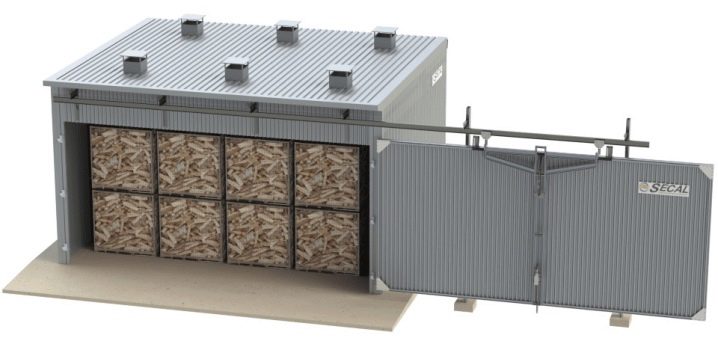
By packing
Traditionally, logs are sent in bulk, but this is not always justified. There are other options for their shipment. Net packing involves manually sorting the wood and selecting the very best pieces that are uniform and look good. There are quite a few offers with the shipment of net containers. Firewood can also be sent in bundles.
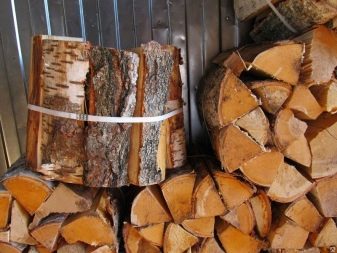

The manual method means tightening the bundles with a propylene tape. Instead, a rope or thick thread made of synthetic materials can be used. Locking elements made of metal or made of plastic make it possible to exclude spillage. Special handles are provided to facilitate carrying. Packing into bundles can be done using special mechanized lines. Small quantities of firewood can also be transported in bags.
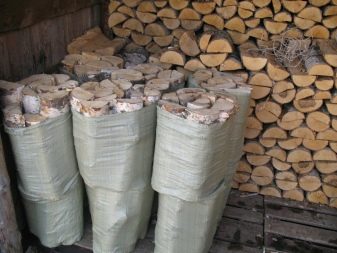

Species of wood for the preparation of firewood
For the purpose of harvesting, you can use several common types of wood.
Conifers
Such wood has its pros and cons. She is capable of popping, which creates an extraordinary flavor in fireplaces and stoves. Bright sparks also add to this effect. A lot of warmth is released. True, coniferous wood burns out quickly enough, and escaping sparks can lead to a fire.
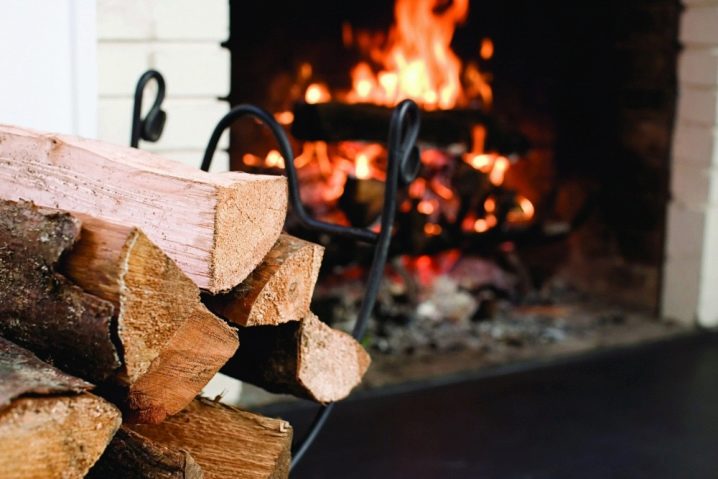
In part, these disadvantages are offset by a pleasant pine aroma. Spruce firewood does not emit as much heat as pine firewood, and this must also be taken into account. In addition, coniferous wood burns with the release of large volumes of soot and soot, which will be deposited on the walls of stoves, fireplaces, pipes and chimneys.

Larch is rarely used. Not only is it expensive, but it can also emit significant amounts of carbon monoxide.
Deciduous
Among the firewood used in everyday life, oak firewood is considered the hottest, which are particularly durable and dense. However, the old oak burns much weaker and does not emit as much heat as we would like. It does not take that very first place among other options. Therefore, birch wood is in the first place in reality. It is easy to light it, but it will burn for a long time, giving an even and graceful flame.
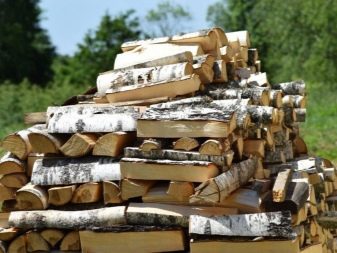
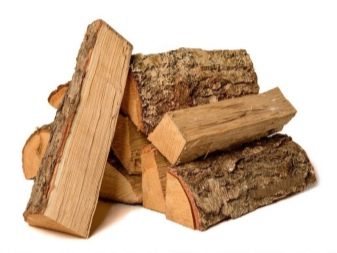
Sparks hardly stand out. The aroma of burning birch wood is very pleasant. It is even used in saunas due to its healing effect. But birch contains a lot of tar, which is already harmful to health. However, practicality and cheapness fully justify the popularity of such a tree.
Alder firewood ignites quickly and provides considerable heat. They give almost no smoke and can be burned for a long time. The alder scent is popular with many people. The logs themselves look beautiful. But the cost of an alder greatly impairs its prospects.
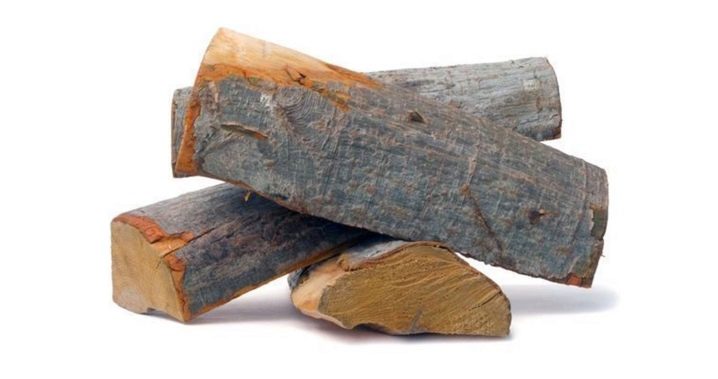
Fruit wood is usually considered elite, including those obtained from the apple tree. You can find them on sale only periodically.In terms of calorific value, the apple tree is second only to the young oak.
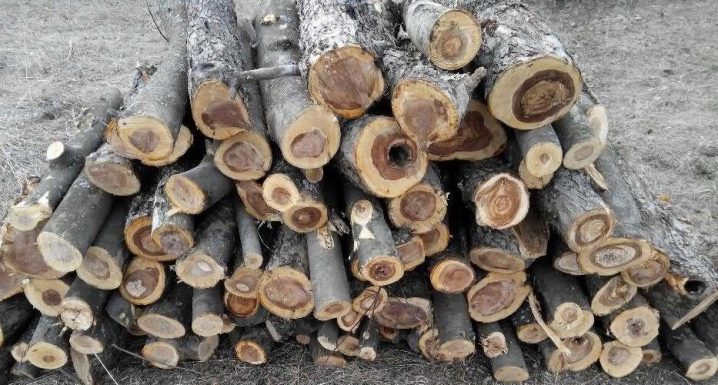
Longer burning time means less logs are added. They will not smoke, moreover, they will burn evenly.
Linden firewood also belongs to the elite group. Not all suppliers are ready to sell such wood material. It is very difficult to light a linden tree. It does not burn too long. However, these problems are compensated by:
- attractive aroma;
- beautiful burning;
- lack of crackling and sparking.
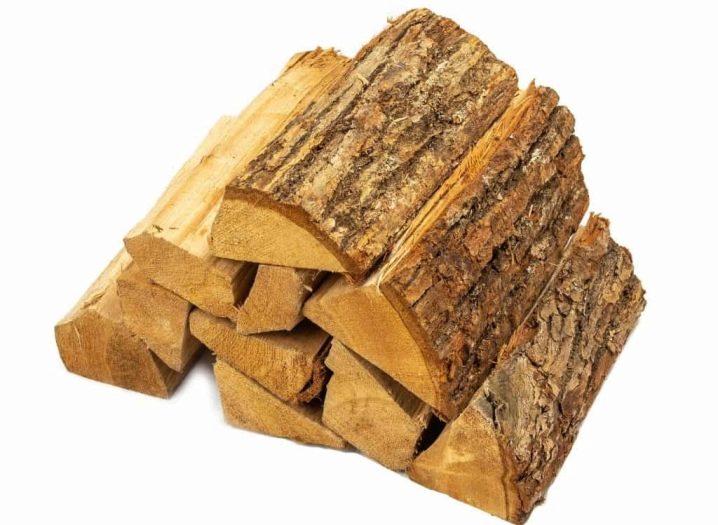
Poplar is rarely used. It has only one plus - an affordable price. Poplar firewood will burn instantly. They are suitable for quick fire-up, but no more. Firewood from bird cherry or mountain ash is needed mainly for cooking. They are used in heating only when there is nothing else. Or used as waste from felled bushes.
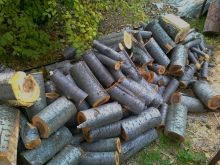
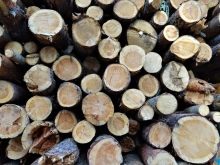

Aspen is often used for heating. It allows you to clean the chimneys from soot and avoid excessive accumulation of soot. Aspen wood rot a little, and when it dries, it will not crack. They can be used to ignite the main kindling. Together with the same birch, aspen gives good heat output.
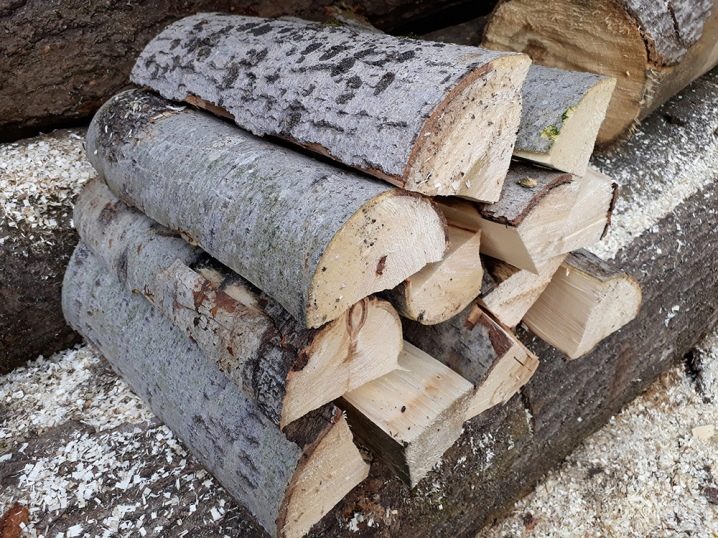
Which one is better to choose?
For heating in a private house with a stove, you need to focus on firewood with:
- increased flammability;
- increased heat transfer;
- low ash formation;
- low to moderate smoke production.
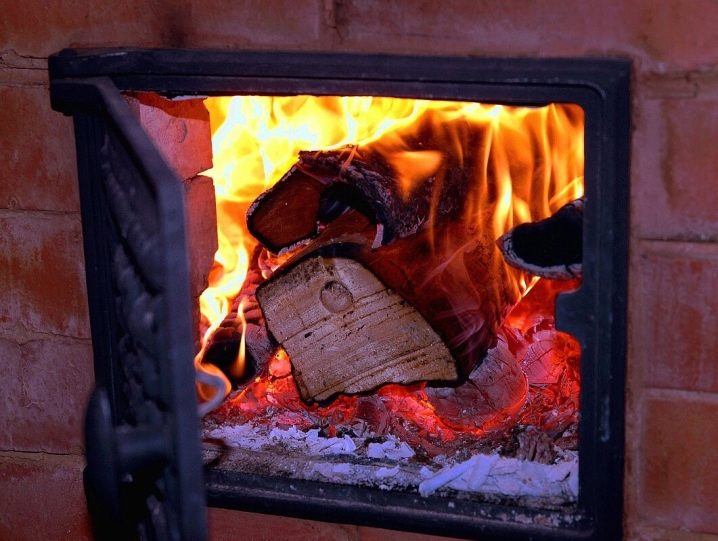
However, in reality we can only talk about a certain balance of these properties. Such parameters are determined not only by one type of firewood (the properties of which are described above), but also by their actual state. In any case, the fuel should be as dry as possible.
Humidity cannot exceed 25%, and ideally it should be maximum 15%. Only in this version is the formation of excess soot, clouds of thick smoke excluded, and effective heat transfer is ensured.
The essential oils in coniferous wood make it more preferable for baths and saunas. For smoking and barbecue, wood of fruit trees and fruit bushes is more profitable. And for a decorative fireplace, it is better to choose those rocks that crackle. True, sparks can cause a fire, but it is enough just to remember about them. Pre-chopped logs are more expensive than non-chopped logs, but they save time and effort, so this is a matter of priorities.
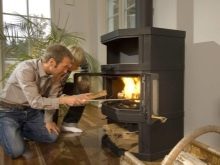
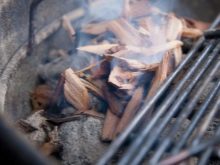
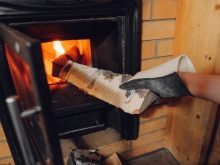
A crackling tree is of little use for barbecue. Coal ingestion will hardly please anyone. Therefore, all conifers are categorically unacceptable. The choice of evenly burning dry mass is recommended. Sometimes experiments are carried out with the selection of wood for a specific type of cooked meat. Naturally, the fuel must be environmentally friendly, without treatment with any foreign substances.

How to prepare?
Several branches for the fire can be obtained with a regular ax. But if firewood is cooked for the stove for a long time, you need to be more responsible. In some cases, a special tool helps - a factory or hand-made device for splitting firewood. Mechanical wood splitters are suitable for small volumes.
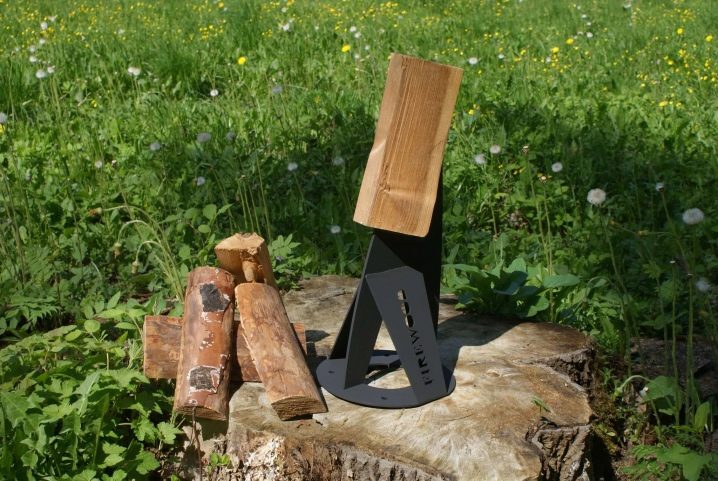
Spring-loaded models are better in the sense that they allow you to spend less energy. An inertial vertical apparatus can also be made. It is also allowed to cut trunks with a chainsaw. At the same time, standard security measures are observed.
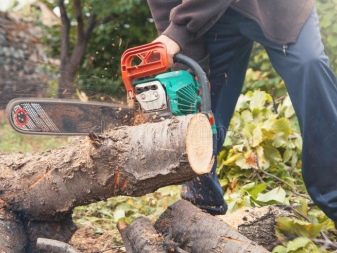

Regardless of the tools used, self-prepared firewood normally dries in the air for about a year.
Procurement can be carried out at any time of the year. But it is best to do this at the end of autumn and in the first days of winter. It is unacceptable to chop or saw wood in wet weather. When trees and shrubs shed their leaves, the amount of moisture in them will be minimal. The advantage of winter felling is easier splitting.

The required amount of preparation for the winter
The higher the heat dissipation, the less wood is required. The most profitable species are oak, beech and birch. The calculation of the heat demand takes into account not only the area, but also the height of the premises. The efficiency of heating technology is also taken into account. Furnaces are less efficient than pyrolysis boilers.
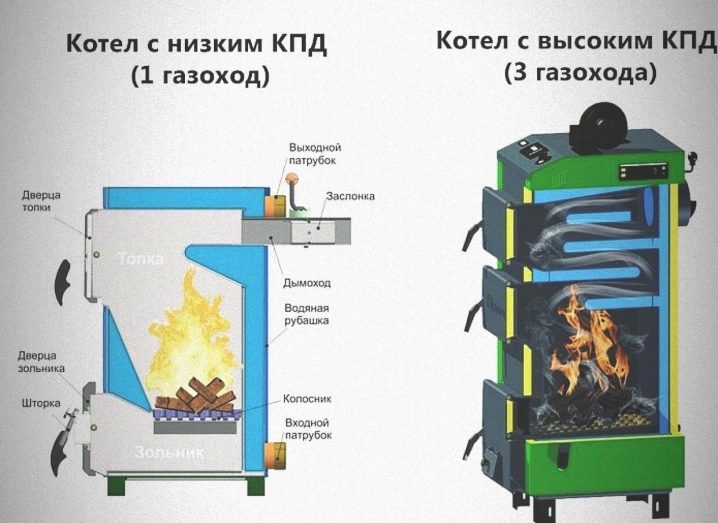
The further north the area, the longer the heating season. In southern Russia, it lasts 3 or 4 months. At the latitude of Vologda or somewhere in Krasnoyarsk, the house will have to be heated for 6-7 months. Usually, you need to plan the flow with a margin for early autumn and long spring. It is better to leave a supply of wood for the next season than to suffer from the cold.
Usually, 1 m3 of firewood is spent for every 10 squares. In addition to the reserve (approximately 20%) for various surprises and for the bath, nothing else is required. When combining firewood with coal, you can expect that 5 cubic meters will be enough for a 50-meter dwelling for the winter. Another 0.5-0.75 cube should be allocated for the bath.
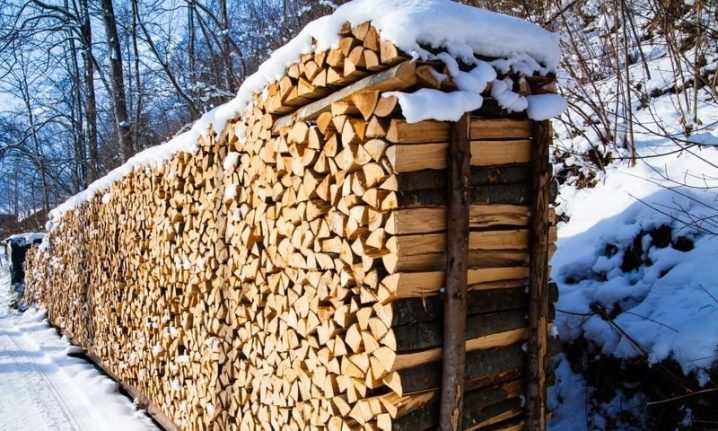
Again, these are just initial numbers and it is best to make some reserve.
How to store?
A place in the country for firewood is made out in the form of a woodpile under a canopy. Placing them on the ground is hardly worth it. Temporary woodpiles are kept on wooden or plywood boards. Permanent equip on a foundation of bricks and other materials. It will be much easier to fill the surface with cement.
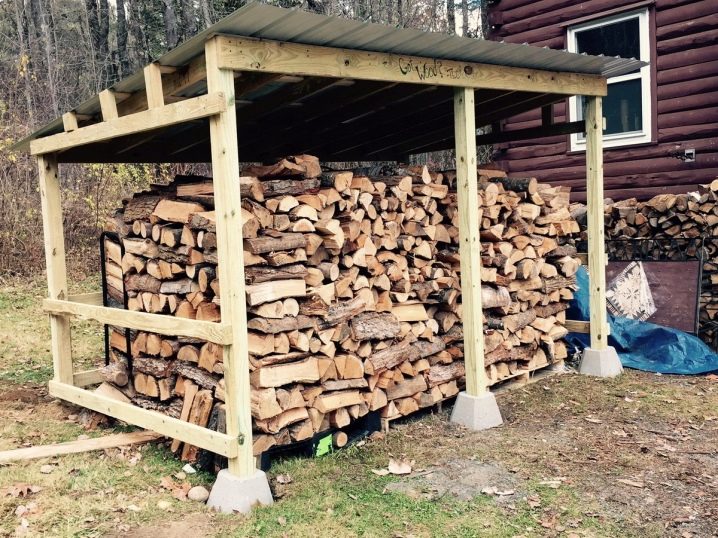
Where they live permanently, it is necessary to store firewood in a wood log. The roof in it must be equipped. Otherwise, even wrapping the woodpile with several layers of polyethylene will not protect from water (especially since it will be inconvenient to use it then). A properly executed canopy allows you to decorate the territory. When stacking firewood, it is imperative to maintain the gaps between the rows so that air can pass through.
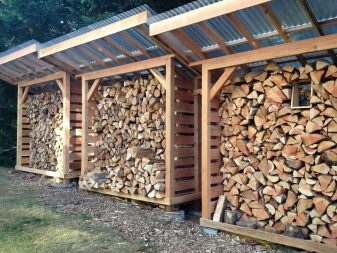

Different breeds need to be stored separately. Each of them must be freely accessible. A more cultured option is to use drawers or special shelving. They are usually housed in separate rooms.
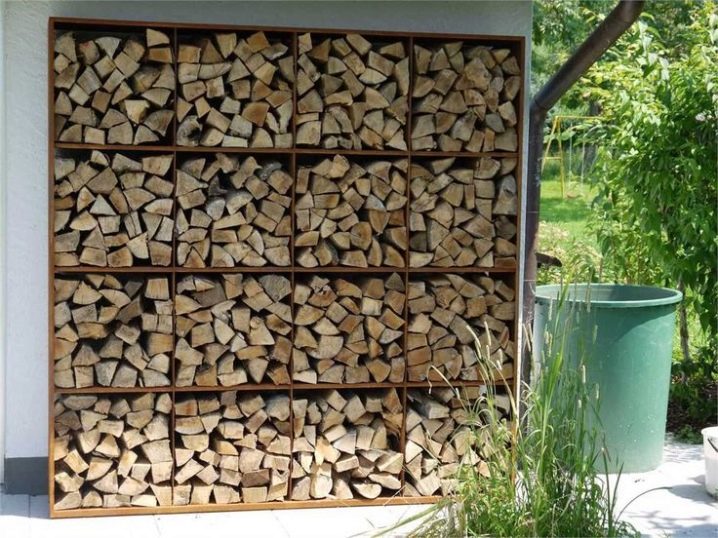
The walls must be impregnated with refractory compounds, and the premises must be ventilated.













The comment was sent successfully.